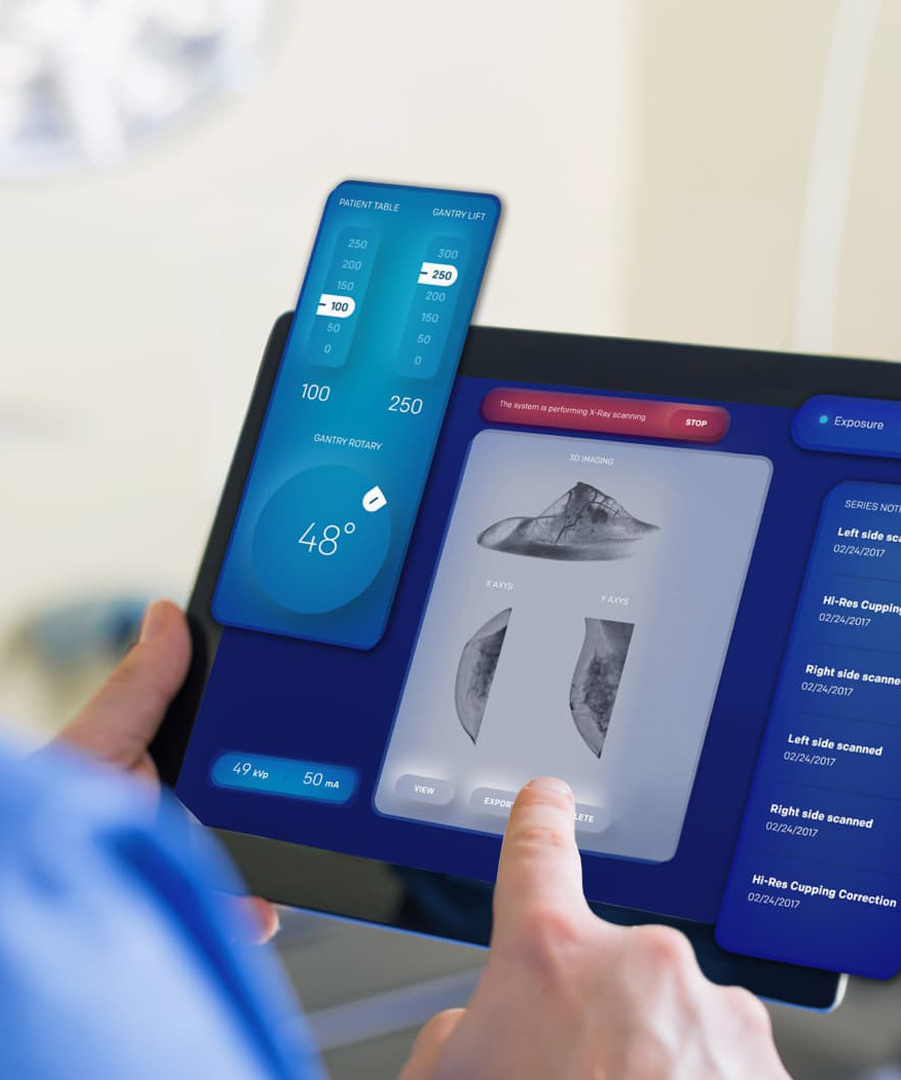


รถดับเพลิง เป็นอุปกรณ์หลักในการตอบสนองต่อเหตุเพลิงไหม้และภารกิจกู้ภัยฉุกเฉิน และประสิทธิภาพและความน่าเชื่อถือของรถเหล่านี้ส่งผลโดยตรงต่อประสิทธิภาพการดับเพลิงและความปลอดภัยของบุคลากร HOWO ซึ่งเป็นแบรนด์ชั้นนำในภาคส่วนยานยนต์เชิงพาณิชย์ของจีน ได้รับการนำไปใช้อย่างแพร่หลายในสภาพแวดล้อมที่มีความเสี่ยงสูง เช่น โรงงานปิโตรเคมี สนามบิน และนิคมอุตสาหกรรม เนื่องมาจากรถดับเพลิงโฟมมีกำลังที่โดดเด่น มีเสถียรภาพ และการออกแบบที่เป็นมืออาชีพ บทความนี้วิเคราะห์การออกแบบโครงสร้างของรถดับเพลิงโฟมอย่างเป็นระบบ รถดับเพลิงโฟม HOWO เพื่อช่วยให้ผู้ใช้เข้าใจคุณลักษณะทางเทคนิคและข้อได้เปรียบด้านการทำงานอย่างเจาะลึก

1. ภาพรวมของรถดับเพลิงโฟม HOWO
รถดับเพลิงโฟม HOWO ได้รับการดัดแปลงโดยใช้แชสซีเฉพาะของ HOWO โดยผสานรวมถังน้ำ ถังโฟม ปั๊มดับเพลิง ระบบปรับสัดส่วนอัจฉริยะ ท่อ และอุปกรณ์ดับเพลิงเข้าด้วยกัน โดยผสมผสานความสามารถในการดับเพลิงทั้งแบบใช้น้ำและโฟมเข้าด้วยกัน รถดับเพลิงเหล่านี้ได้รับการออกแบบให้เป็นไปตามมาตรฐานอุปกรณ์ดับเพลิงแห่งชาติ จึงเหมาะอย่างยิ่งสำหรับการดับเพลิงที่เกิดจากของเหลวไวไฟ เช่น ไฟไหม้ที่เกิดจากปิโตรเลียมและสารเคมี ขณะเดียวกันก็ตอบสนองความต้องการของปฏิบัติการกู้ภัยที่ใช้วัสดุแข็งทั่วไป
2.โครงสร้างหลักของรถดับเพลิงโฟม HOWO
รถดับเพลิงโฟม HOWO ประกอบด้วยส่วนหลัก 2 ส่วน ได้แก่ ตัวถังรถและโครงสร้างส่วนบน ตัวถังรถทำหน้าที่ขับเคลื่อนรถ ส่วนโครงสร้างส่วนบนทำหน้าที่ดับเพลิง
(1) แชสซี
แชสซี HOWO ขึ้นชื่อในเรื่องพลัง ความเสถียร และความน่าเชื่อถือที่ยอดเยี่ยม โดยทั่วไปแล้วรถดับเพลิงจะใช้แชสซี HOWO ที่ติดตั้งเครื่องยนต์ดีเซลกำลังสูงเพื่อตอบสนองความต้องการในการใช้งานอย่างรวดเร็วในกรณีฉุกเฉิน นอกจากนี้ แชสซี HOWO ยังมีความสามารถในการขับขี่แบบออฟโรดที่แข็งแกร่ง ช่วยให้รถดับเพลิงสามารถเข้าถึงจุดเกิดเหตุได้อย่างรวดเร็วภายใต้สภาพถนนที่ซับซ้อนต่างๆ
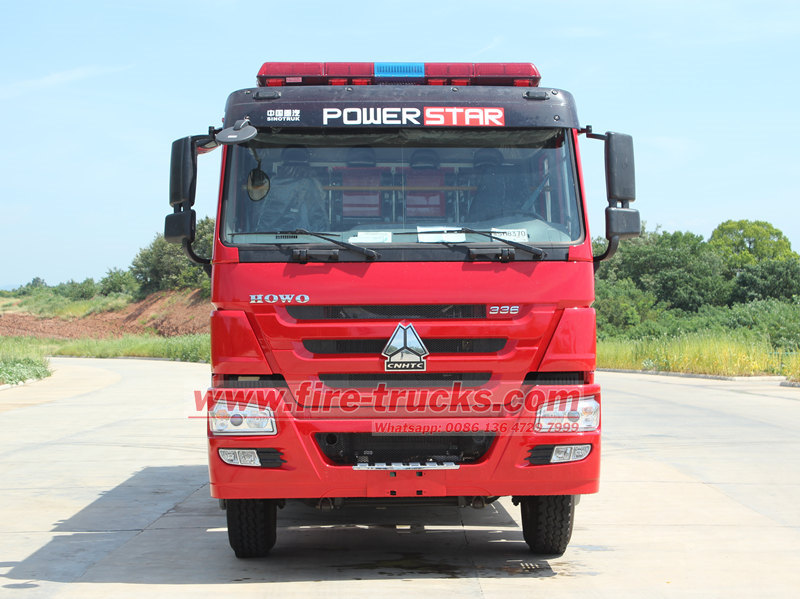
(2) โครงสร้างส่วนบน
โครงสร้างส่วนบนเป็นแกนหลักของรถดับเพลิงโฟม HOWO ซึ่งประกอบด้วยถังน้ำ ถังโฟม ปั๊มดับเพลิง ระบบแบ่งโฟม ระบบท่อ และอุปกรณ์ดับเพลิงต่างๆ เป็นหลัก
• ถังเก็บน้ำและถังโฟม
ถังน้ำและถังโฟมเป็นส่วนประกอบที่สำคัญสำหรับการจัดเก็บสารดับเพลิง ถังน้ำซึ่งโดยปกติจะอยู่ที่ด้านหลังของรถดับเพลิง ทำจากแผ่นเหล็กที่มีความแข็งแรงสูง โดยสามารถปรับแต่งความจุได้ตามความต้องการจริง ถังโฟมจะวางอยู่ด้านหน้าหรือด้านบนของถังน้ำ และทำจากวัสดุที่มีความแข็งแรงสูงเพื่อจัดเก็บสารโฟมเข้มข้น ถังทั้งสองถังติดตั้งมาตรวัดระดับและช่องระบายน้ำ ทำให้ผู้ปฏิบัติงานสามารถตรวจสอบระดับของตัวกลางและดำเนินการบำรุงรักษาได้อย่างง่ายดาย
• เครื่องสูบน้ำดับเพลิง
ปั๊มดับเพลิงเป็นส่วนประกอบหลักอย่างหนึ่งของ
รถดับเพลิงโฟม HOWO
มีหน้าที่สร้างแรงดันน้ำและโฟมเข้มข้นก่อนส่งไปยังเครื่องตรวจจับเพลิงหรือสายยาง ปั๊มนี้มักใช้โครงสร้างแบบแรงเหวี่ยงหรือแบบลูกสูบ ซึ่งมีอัตราการไหลสูง แรงดันสูง และประสิทธิภาพที่เสถียร เพื่อตอบสนองความต้องการดับเพลิงที่แตกต่างกัน ปั๊มดับเพลิงจึงมีตัวเลือกความเร็วเกียร์หลายแบบเพื่อปรับอัตราการไหลและแรงดันที่ส่งออก
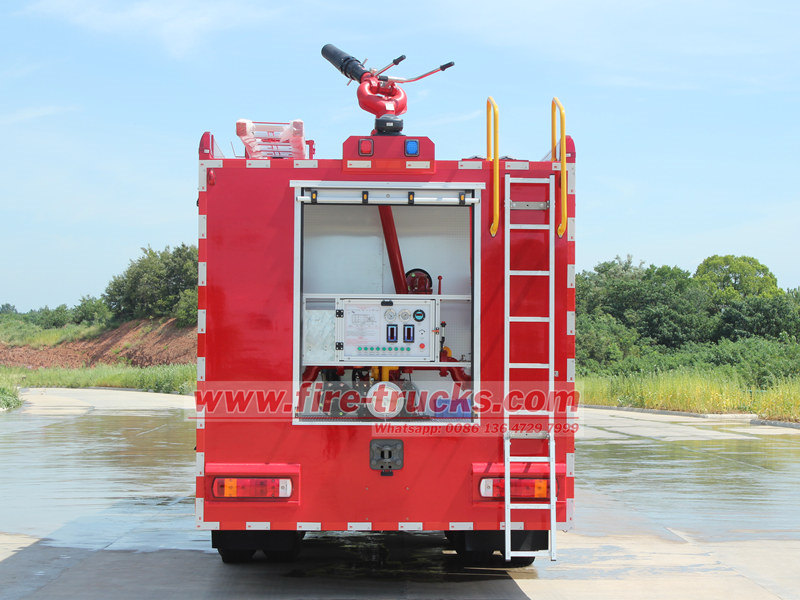
• ระบบแบ่งสัดส่วนโฟม
ระบบแบ่งสัดส่วนโฟมเป็นส่วนประกอบสำคัญที่ทำให้โฟมสามารถดับเพลิงได้ โดยควบคุมอัตราส่วนของน้ำต่อโฟมเข้มข้นได้อย่างแม่นยำ ช่วยให้ดับเพลิงได้อย่างมีประสิทธิภาพสูงสุด โดยทั่วไประบบจะใช้ท่อเวนทูรีหรือเครื่องแบ่งสัดส่วนเชิงกล ซึ่งขึ้นชื่อในเรื่องความแม่นยำ ความเรียบง่าย และความน่าเชื่อถือ
• ระบบท่อ
ระบบท่อจะเชื่อมต่อปั๊มดับเพลิง ถังน้ำ ถังโฟม และอุปกรณ์ดับเพลิง โดยขนส่งน้ำและโฟมเข้มข้นไปยังที่เกิดเหตุ ระบบนี้ทำจากท่อหรือสายยางเหล็กกล้าแรงสูง ทนต่อแรงดันและการกัดกร่อนได้ดีเยี่ยม นอกจากนี้ยังมีวาล์วและอุปกรณ์ต่อต่างๆ ซึ่งช่วยให้ผู้ปฏิบัติงานเชื่อมต่อและเปลี่ยนการกำหนดค่าได้ตามต้องการ
• อุปกรณ์ดับเพลิง
อุปกรณ์ดับเพลิง เช่น จอมอนิเตอร์และสายยาง เป็นเครื่องมือโดยตรงในการดับไฟ จอมอนิเตอร์ซึ่งมักติดตั้งบนหลังคาหรือด้านหลังของรถดับเพลิง มีระบบการดับเพลิงระยะไกลและปริมาณสูง จึงเหมาะสำหรับดับเพลิงขนาดใหญ่ สายยางจะอยู่ที่ด้านข้างหรือด้านหลังของรถดับเพลิง และสามารถกำหนดค่าได้อย่างยืดหยุ่น ทำให้ผู้ปฏิบัติงานสามารถดับไฟได้จากตำแหน่งต่างๆ
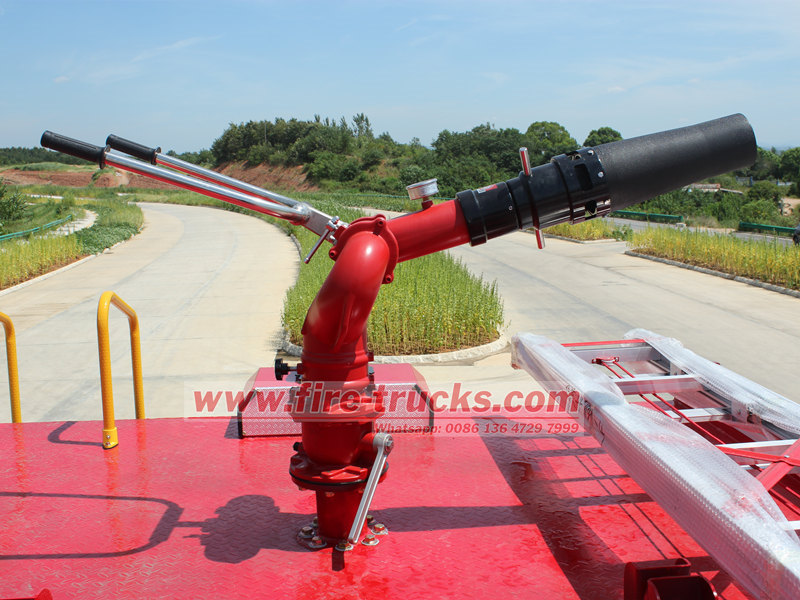
3. ข้อดีด้านประสิทธิภาพของรถดับเพลิงถังโฟม HOWO
(1) ประสิทธิภาพสูง:
รถบรรทุกดับเพลิงโฟม HOWO มีระบบโฟมผสมขั้นสูงและอุปกรณ์ดับเพลิง จึงสามารถดับไฟได้หลากหลายประเภทอย่างรวดเร็วและมีประสิทธิภาพ โดยเฉพาะไฟไหม้ที่เกิดจากของเหลวไวไฟ เช่น ไฟไหม้ที่เกิดจากน้ำมัน
(2) ความเสถียรและความน่าเชื่อถือ:
แชสซี HOWO ให้การรองรับที่แข็งแกร่งด้วยพลังและความเสถียรที่เหนือกว่า ในขณะที่โครงสร้างส่วนบนที่ทำจากวัสดุที่มีความแข็งแรงสูงและเทคนิคการผลิตขั้นสูง ช่วยให้มั่นใจในการทำงานที่เชื่อถือได้แม้ในสภาพแวดล้อมที่รุนแรง
(3) การดำเนินงานที่เป็นมิตรต่อผู้ใช้:
ระบบควบคุมได้รับการออกแบบมาให้ใช้งานง่าย ช่วยให้ผู้ควบคุมคุ้นเคยกับฟังก์ชันต่างๆ ของระบบได้อย่างรวดเร็ว นอกจากนี้ รถบรรทุกยังติดตั้งอุปกรณ์ช่วยขับขี่และดับเพลิงขั้นสูงเพื่อเพิ่มประสิทธิภาพ
(4) การบำรุงรักษาง่าย:
ส่วนประกอบแต่ละชิ้นได้รับการออกแบบให้มีพอร์ตบำรุงรักษาและช่องตรวจสอบที่เข้าถึงได้ ทำให้การบำรุงรักษาตามปกติง่ายขึ้น นอกจากนี้ รถบรรทุกยังมีระบบวินิจฉัยข้อบกพร่องและอุปกรณ์แจ้งเตือนที่ครอบคลุมเพื่อตรวจจับและแก้ไขปัญหาได้อย่างทันท่วงที
4. สถานการณ์การใช้งานของรถดับเพลิงโฟม HOWO
เนื่องจากมีประสิทธิภาพสูง เชื่อถือได้ ใช้งานง่าย และบำรุงรักษาง่าย รถดับเพลิงโฟม HOWO จึงถูกใช้กันอย่างแพร่หลายในหลายภาคส่วน เช่น:
(1) โรงงานเคมี:
สถานที่เหล่านี้มีวัสดุไวไฟและวัตถุระเบิดจำนวนมาก ทำให้การดับเพลิงมีความสำคัญ รถดับเพลิงโฟมสามารถดับไฟได้อย่างรวดเร็ว ช่วยปกป้องชีวิตและทรัพย์สิน
(2)คลังน้ำมัน:
เนื่องจากเป็นสถานที่จัดเก็บของเหลวไวไฟจำนวนมาก คลังน้ำมันจึงต้องใช้มาตรการป้องกันอัคคีภัยที่เข้มงวด รถดับเพลิงโฟมจึงมีคุณสมบัติพิเศษในการดับเพลิงจากไฟไหม้น้ำมัน จึงรับประกันความปลอดภัย
(3) สนามบิน:
เนื่องจากสนามบินเป็นศูนย์กลางการขนส่งที่มีการจราจรหนาแน่น จึงจำเป็นต้องมีระบบความปลอดภัยจากอัคคีภัยระดับสูง รถดับเพลิงโฟมช่วยให้ตอบสนองได้อย่างรวดเร็วและดับเพลิงได้อย่างมีประสิทธิภาพ ช่วยให้การปฏิบัติงานเป็นไปอย่างต่อเนื่องและปลอดภัยต่อผู้โดยสาร
รถดับเพลิงโฟมเป็นอุปกรณ์ดับเพลิงที่มีประสิทธิภาพ เสถียร และเชื่อถือได้ จึงมีบทบาทสำคัญในหลาย ๆ ด้าน เมื่อวิเคราะห์โครงสร้างโดยละเอียด เราจะได้ข้อมูลเชิงลึกเกี่ยวกับคุณลักษณะและข้อดีของประสิทธิภาพการทำงานของรถดับเพลิงโฟมมากขึ้น เชื่อกันว่าในอนาคต
รถดับเพลิงโฟม HOWO
จะยังคงปกป้องชีวิตและทรัพย์สินด้วยคุณประโยชน์ที่ขาดไม่ได้
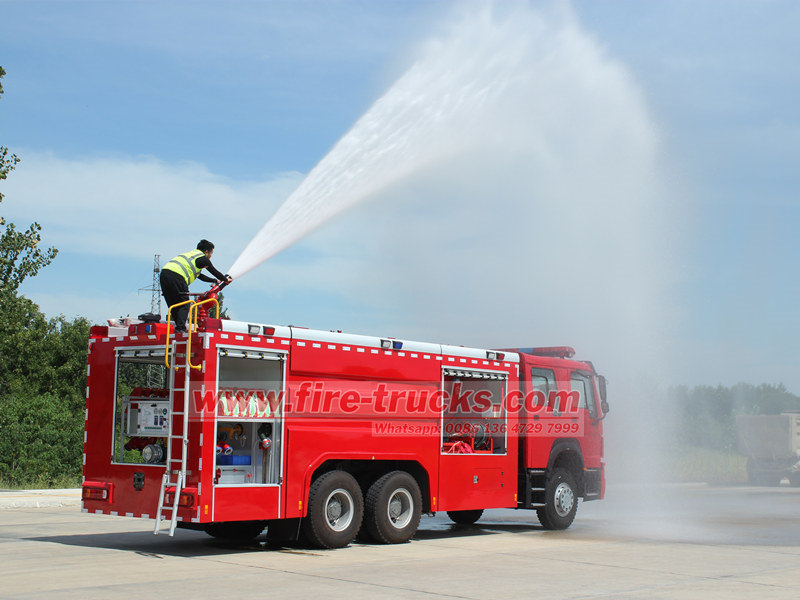
คุณอาจสนใจข้อมูลต่อไปนี้